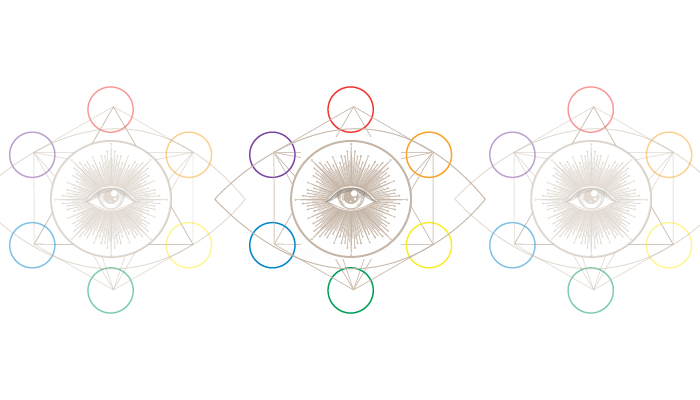
Trachomatous trichiasis (TT), a condition caused by repeated infections from the trachoma bacteria, leads to the inward turning of the eyelashes, causing corneal damage and potentially blindness. In trachoma-endemic regions, the primary treatment for TT is surgery. To determine how different surgical techniques and incision heights affect TT surgery outcomes, an inter-university team of researchers designed the “Maximizing Trichiasis Surgery Success (MTSS) trial.”
The trial, conducted in Ethiopia, randomized 4,914 individuals with unoperated TT into three surgical groups: bilamellar tarsal rotation (BLTR) with a 3 mm incision height (BLTR-3), BLTR with a 5 mm incision height (BLTR-5), and posterior lamellar tarsal rotation (PLTR). The study aimed to determine the best surgical approach of the three by evaluating the primary outcome of post-operative trichiasis (PTT) and secondary outcomes, such as eyelid contour abnormalities (ECA) and granuloma formation, over a one-year follow-up period.
The results showed that the BLTR-5 led to significantly higher PTT rates (22 percent) compared with BLTR-3 (15 percent) and PLTR (13.1 percent). That said, BLTR-5 did yield lower granuloma formation than both BLTR-3 and PLTR. ECAs were also least common in BLTR-5 (6.1 percent; compared with 11.2 percent in PLTR – the highest ECA rate) – a fact that could be “explained by the larger fragment being more difficult to distort into an ECA than the thinner, more bendable fragment created by a lower incision.”
Overall, the trial’s findings indicate that modifying incision height to 5 mm does not improve overall surgical success and may also increase the risk of recurrent trichiasis. The authors do note, however, that due to the small number of surgeons (seven) evaluated in the study, more evidence and further research is needed to fully assess the impact of these techniques for maximizing trichiasis surgery success.
